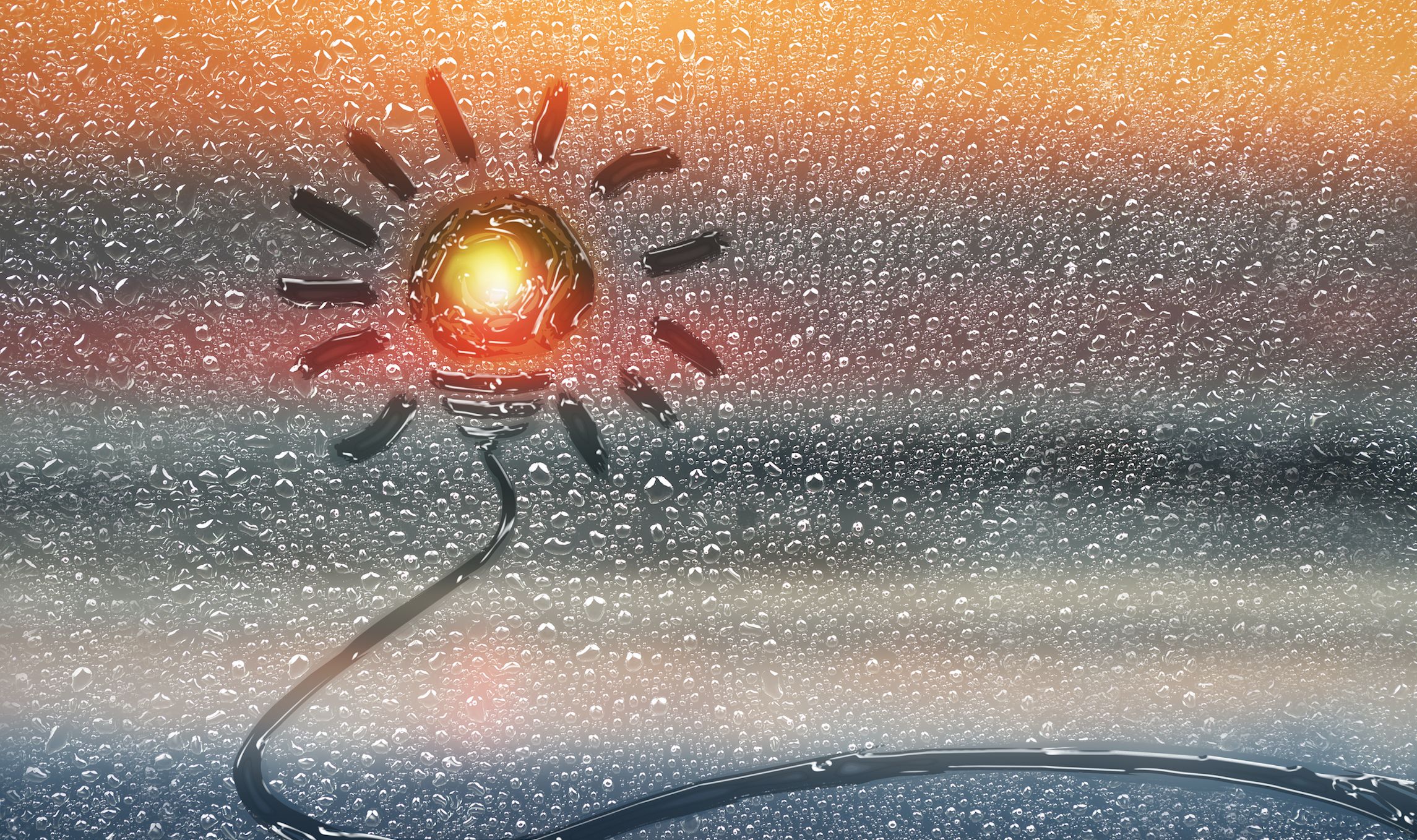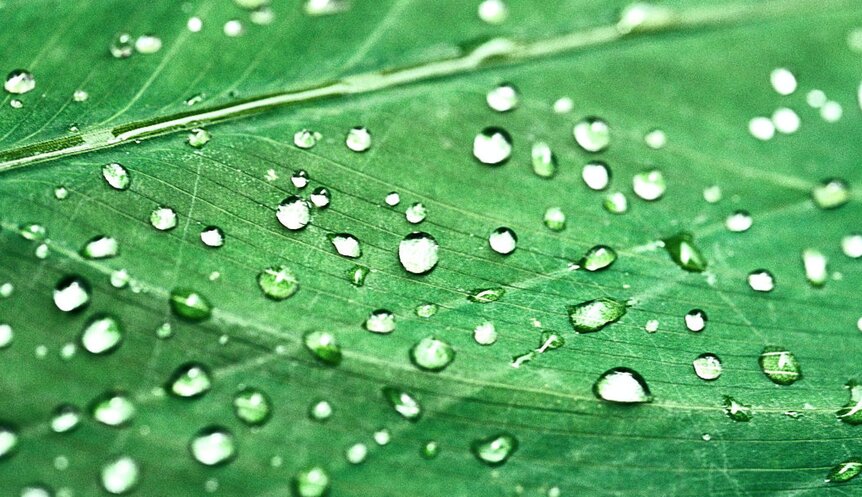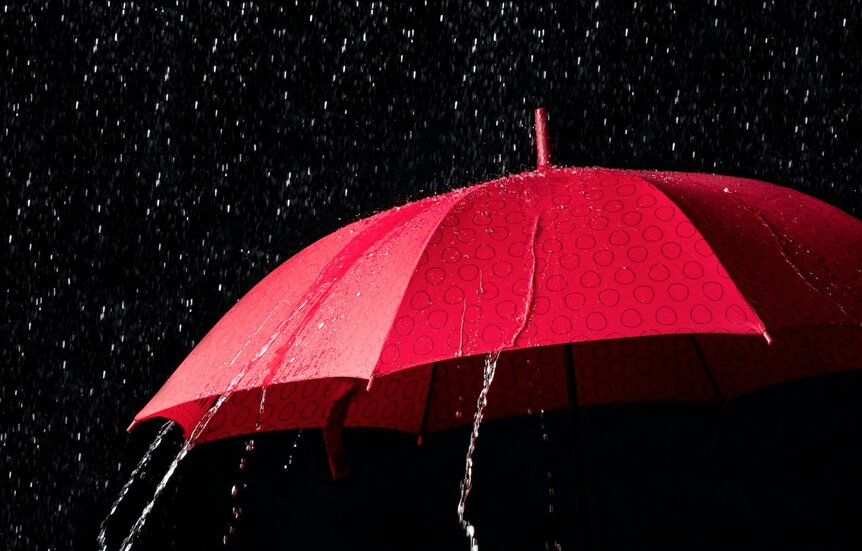Create a free profile to get unlimited access to exclusive videos, sweepstakes, and more!
Scientists create new method of extracting electricity from rain droplets

Don't call your utility company to disconnect your electricity quite yet, but a team of Chinese scientists has recently devised a method to extract juice out of raindrops, and it's illuminating the cranium lightbulbs of visionaries around the world with its myriad implications.
This water-centric investigative team was headed up by researchers from City University of Hong Kong (CityU) who have discovered a new type of H2O droplet-based electricity generator that carries the potential to greatly enhance knowledge of water energy production to aid the global energy crisis.
This 'electricity from water' invention is not altogether new, but the team's revolutionary device utilizes a field-effect transistor (FET) structure that provides high energy-conversion efficiency, substantially increasing its instantaneous power density when rated against older, comparable methods not using this improved FET-like architecture.
These new findings were obtained by CityU's Department of Mechanical Engineering Professor Zuankai Wang, Professor Xiao Cheng Zeng of the University of Nebraska-Lincoln, and Professor Zhong Lin Wang, Founding Director and Chief Scientist at the Beijing Institute of Nanoenergy and Nanosystems of Chinese Academy of Sciences, whose results were published in the newest issue of the online scientific journal Nature.
Researchers demonstrated that one single rain droplet can briefly generate a 140-volt spark of electricity, enough to light up 100 small LED lightbulbs — a remarkable leap towards developing brand new areas of renewable go-juice.
Previous droplet energy generators are based on the triboelectric effect (friction-based) which generates electricity induced by contact electrification and electrostatic induction when that droplet splats against a surface. But the exact amount of charge produced within this spacial arena is extremely limited, resulting in poor energy conversion efficiency. Earlier efforts to harvest energy from water in the form of raindrops, rivers, and ocean waves have not achieved a desired level of high density electrical power generation.
This vastly-improved design fuses an aluminum electrode with an indium tin oxide electrode layered with PTFE (Teflon), which is a material with a "quasi-permanent" electric charge. When a lone raindrop strikes the PTFE/tin surface, it acts as a bridge linking the two electrodes and creates a closed-loop circuit. A sustained stream of continuous drops, as in a steady rainfall, allows the charge to build up over time and releases once it reaches a saturation point at a measurable amount thousands of times greater than other methods by eliminating the bottleneck effect.
“Our research shows that a drop of 100 microlitres [1 microlitre = one-millionth litre] of water released from a height of 15 cm can generate a voltage of over 140V, and the power generated can light up 100 small LED lights,” said Professor Wang in a statement.
While far from having the ability to light up football stadiums or residential homes, Professor Wang believes ultimately that this new design could be instituted with different materials, anywhere liquid is in direct contact with a solid surface, to fully rein in the low-frequency kinetic and static energy provided by Mother Nature's falling water.
Future applications could be applied to generate electricity using the hulls of watercraft, the roofs of homes and buildings, the fabric of an umbrella, or perhaps someday the inside your handy water bottle.





























